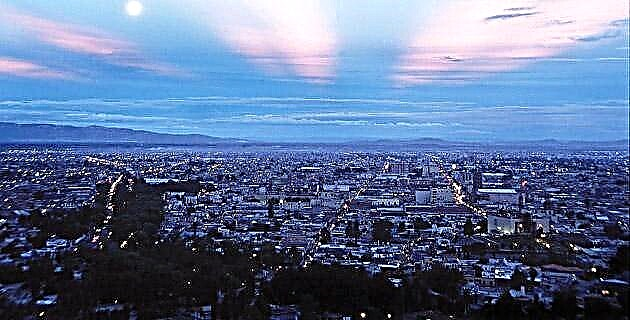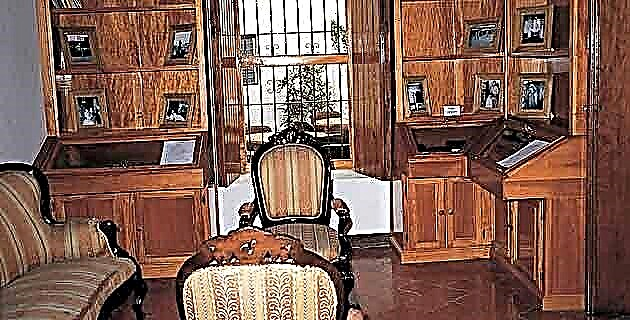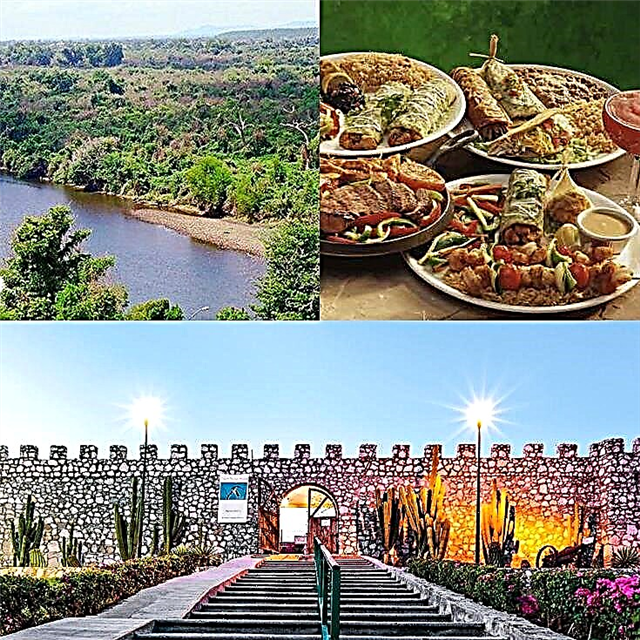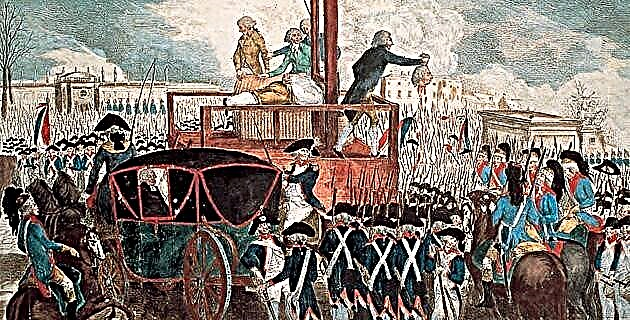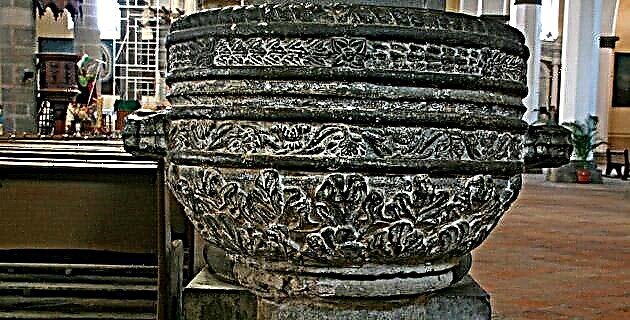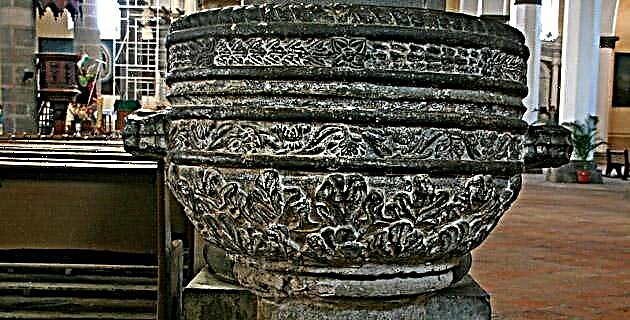
Numerous are the attractions that make the state of Puebla one of the regions with the greatest cultural richness in the Mexican Republic.
Among them are its historical monuments expressed in quarry, mortar, brick and talavera tiles, a harmonious combination that distinguishes and identifies them throughout the country.
Throughout the 16th century, the Franciscan friars left a deep material mark on these lands, which is still admired in their conventual complexes, whose temples show off the characteristic battlements that give them the appearance of fortresses from the Middle Ages. In this group is the convent of San Miguel in Huejotzingo, equipped with four splendid chapels. In Cholula, the San Gabriel convent shares its space with the surprising Royal or Indian Chapel, made up of nine naves or corridors and 63 vaults supported by 36 columns, and which reflects a great influence from the Arab mosques.
In Tepeaca, the convent temple has two openings on the upper part of its façade where the "round pass" was made. Another monument that is preserved in the huge square of this place is El Rollo, an Arab-style tower where the natives were punished. The convent of San Andrés Calpan boasts four chapels that are considered the best in New Spain, and where the indigenous workforce is fully appreciated. On the slopes of the so-called Cerro de San Miguel, in the town of Atlixco, the convent of Nuestra Señora is located, whose temple has an elegant Plateresque façade.A monumental fountain from the 16th century is the company of another relevant convent in Tochimilco, a town located in the slopes of the Popocatépetl volcano.
Of enormous dimensions are the monasteries of Huaquechula, with its lateral portal of accentuated medieval character; that of Cuauhtinchan, where one of the three original altarpieces from the 16th century is preserved; and finally that of Tecali, which despite being in ruins is impressive due to the height of the nave of the temple, the thickness of its walls and its classicist façade. It should be remembered that the convents of Huejotzingo, Calpan and Tochimilco were declared Cultural Heritage of Humanity by launesco in 1994.
After assimilating the schemes of Spanish baroque art and the European technique in wood carving, the Puebla artisans printed their particular stamp on the doorways and altarpieces of a large number of temples and chapels built during the seventeenth and eighteenth centuries.
A wonderful golden altarpiece from the late 19th century is located in Santo Domingo, one of the most visited temple due to its magnificent Chapel of the Rosary, inside which one of the most important decorative works that have been carried out in New Spain and in the entire world takes place . The Franciscan temple with a slender figure has on its façade fourteen panels formed with tiles, which contrast with the dark quarry; on the other hand, the facade of the temple of Guadalupe is a festival of color because it is covered with tiles of different tones.
The interiors of the temples not only keep altarpieces, organs and pulpits, but something very important: saints and virgins venerated by the local population. In the temple of Santa Monica, for example, there is the bulk image of the Lord of Wonders, which is even visited by foreigners. The historical monuments also house spaces touched by tradition, as is the case of the former convent of Santa Rosa, which houses the most beautiful cuisine of colonial Mexico, lined on its walls and ceilings by tiles in blue and white tones.
In the surroundings of the city of Puebla, a visit is a must to the temples of Acatepec and Tonantzintla. In the first, the perfect combination of decorated tiles that cover its baroque façade powerfully attracts attention; its interior is not far behind, as evidenced by its beautiful high altar. On the contrary, the façade of the Santa María Tonantzintla temple, with its typical covered with red brick and tile, is much more austere, and does not warn of its spectacular interior. Its walls, columns, arches and vaults show great polychromy and a profusion of angels, cherubs, flowers and fruits, resulting in a baroque “orgy” with a marked popular flavor.
Founded in 1531, the city of Puebla had around its main square the representative buildings of the religious and administrative powers, and in the 120 blocks perfectly drawn by string the residences of the Spaniards were located, such as the so-called Casa del Alfeñique, of the eighteenth century, which shines on the pilasters, on the window finials and on the cantilevered ceilings of the last level, an abundant decoration in white mortar. Another example, contemporary of the previous one, is the House of the Dolls, where its very unique undulating cornice is obvious; tiles and bricks line its elongated facade, in which 16 figures are inscribed that seem to refer to the works of Hercules.
Erected in the 19th century, the Fort of Loreto with its four bastions, its perimeter moat and its small temple, keeps in its walls the echoes of the battle of Cinco de Mayo in 1862. As examples of the eclectic architecture that characterized the Porfiriato, the The city of Puebla preserves several relevant monuments, such as the majestic Municipal Palace, built in gray quarry, and the former Government Palace, of notorious French influence.
For the aforementioned, it is not surprising that the Historic Center of the city of Puebla, with its 2,169 cataloged historical monuments, was declared a World Heritage Site on December 11, 1987.
Source: Unknown Mexico Guide No. 57 Puebla / March 2000


